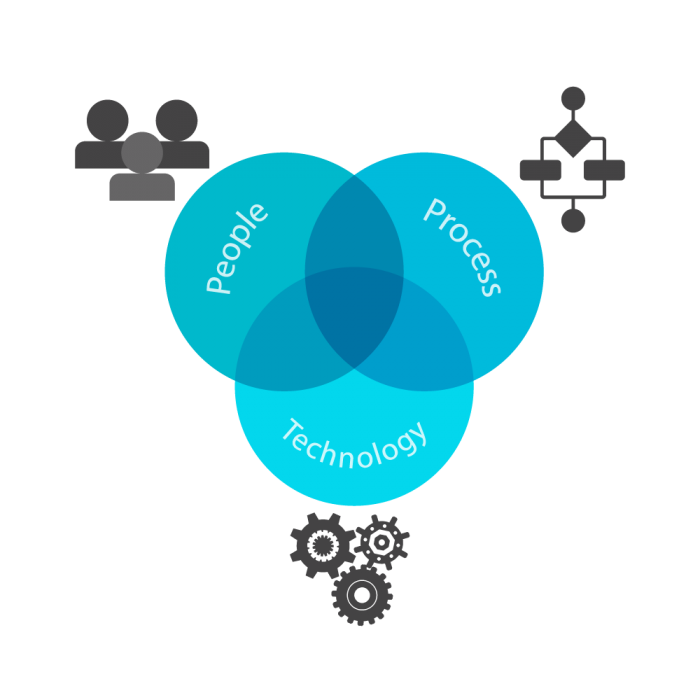Business Intelligence: Fuel for Organizational Change
Business Intelligence has become an ever-bigger presence in digital transformation processes. With the availability of AI tools and the vast amounts of available data that is still increasing exponentially, the demand for timely and validated business insights keeps growing. With the right and timely insights, the correct and necessary choices can be made to lead businesses into the new tomorrow.
And while these developments increase demand for better and faster business insights, does this make business intelligence a game changer on its own? Can the right dashboards and insights lead to bigger profits, less cost, and most importantly: getting ahead of the competition?
The answer is no. Business Intelligence on its own will not get an organization ahead of its competitors, moreover, in the hands of the wrong managers the freshly gained insights can cause a complete failure in the digital transformation of an organization (, ).
So why leverage Business Intelligence within an organization? Because Business Intelligence is a crucial factor within a triple constraint to ensure successful change.
Successful Organization Change
Any change needed to improve and get ahead of competitors requires the almost symbiotic integration of people, processes, and technology leveraged.
Each organization has its own core values and core business processes. Having the right people, the right processes, and the right technology in place is required “to get the job done”: deliver value to the customers.
But how to know “which is right” in each of these pillars? How to know what people to hire (and sometimes fire), which processes to adopt or improve or maybe entirely stop using, and how to determine the right tools, the right technology to enable the people to implement and execute these processes in the most
effective and efficient ways?

Figure 1 PPT-model()
Get the right fuel!
That is where Business Intelligence comes in. Business Intelligence is not one of the three pillars of change (aside from insight provider (read: sellers), like F1 Insights for the crème the la crème of motorsport). Business Intelligence is the fuel that drives organizations to effectively implement, execute and constantly increase the symbiosis between these three pillars: people, processes, and technology.m
The insights provided through business intelligence enables the right decisions making, to answer all the “how” and “which” questions just mentioned, by providing the ever-essential answer to: why?
Business Intelligence provides answers not just locally or internationally, it now provides answers on a global level to why people and markets behave in a certain way.
Why are product sales decreasing and what actions to take to turn this around? Is it the people and strategy that need to change? Or are the processes in need of change and improvement because they are no longer up-to-par? Or are the tools and technology outdated and mismatched with the jobs they need to facilitate?
By leveraging all the vast amounts of data available, both internally and externally, business intelligence becomes the fuel for decision making. By turning all this data into validated information streams, Business Intelligence will fuel organizational change.
And not just when problems arise. Having the right fuel is an ever-increasing requirement to keep an organization ahead of everybody else, long before running into problems. The right fuel enables organizations to tackle the real important challenges to deal with: what people to hire to expand, what processes to implement to succeed in new markets and what technology to leverage to make this as smooth a ride as possible?
Make sure your organizational change engine does not run dry or even worse: runs on the wrong fuel. Start leveraging Business Intelligence today to gain insights and provide your organization with the right fuel to be ahead of your competition tomorrow.
Who am I?
Jonathan Petrus is an enabler of organizational change. Guiding both profit and non-profit organizations to constantly improve their market fit by leveraging the most valuable assets of an organization: your people. By using the right processes and technology he builds bridges to help you and your people cross the always challenging organizational chasms.
___
1. N. Furr, J. Gaarlandt, and A. Shipilov, “Don’t put a digital expert in charge of your digital transformation” Harv. Bus. Rev., https://hbr.org/2019/08/dont-put-a-digital-expert-in-charge-of-your-digital-transformation, May 2023
2. N. Furr and A. Shipilov, “Digital Doesn’t Have to Be Disruptive” Harv. Bus. Rev., https://hbr.org/2019/07/digital-doesnt-have-to-be-disruptive, May 2023
3. P. Karlson, “Is The 60-Year-Old 'People Process Technology' Framework Still Useful?” Forbes, https://www.forbes.com/sites/forbestechcouncil/2022/12/29/is-the-60-year-old-people-process-technology-framework-still-useful/?sh=66a1197e4ab4, May 2023
Back to overview